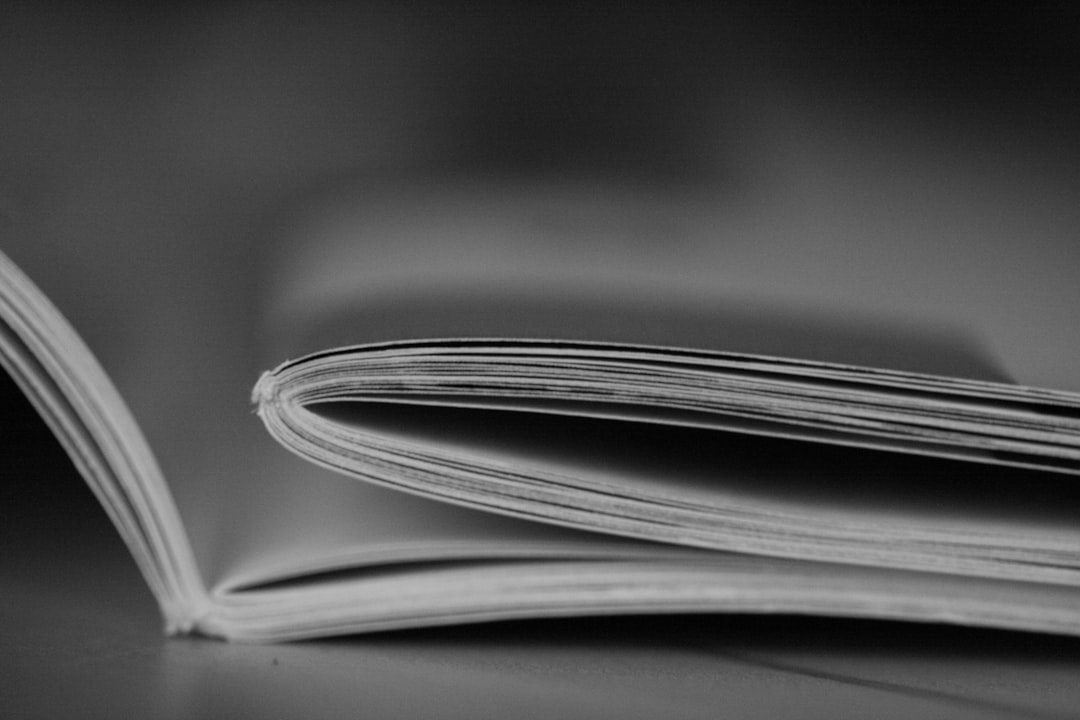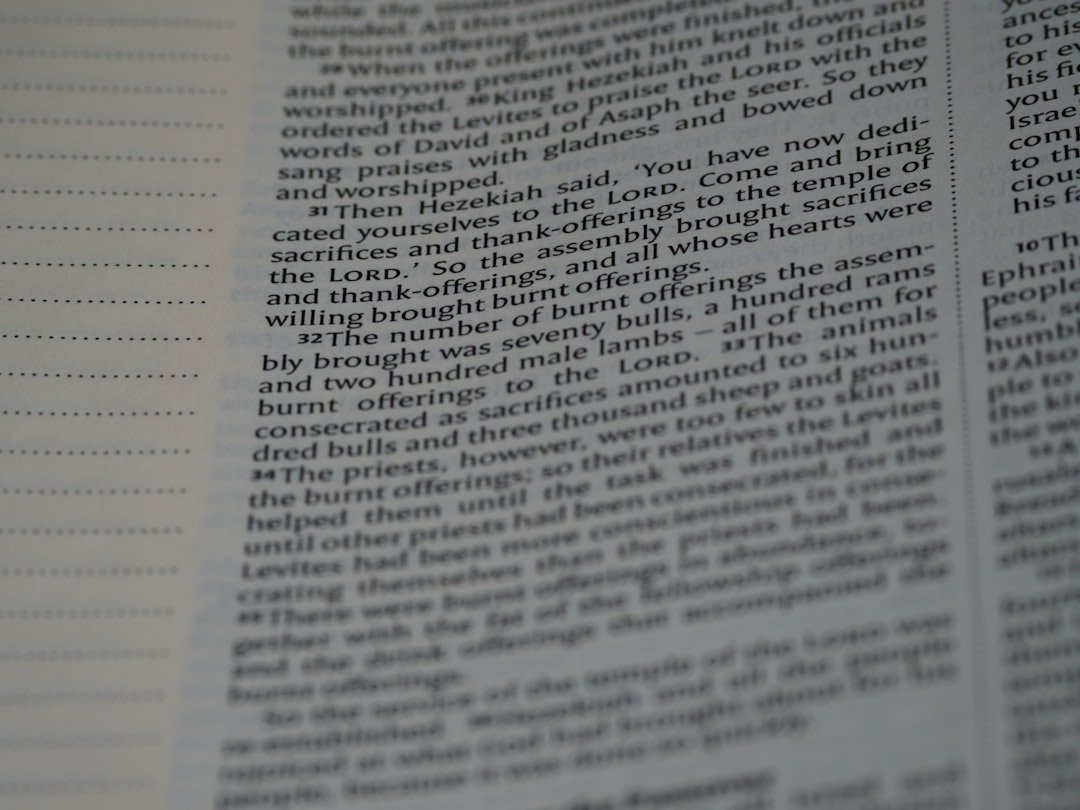For journalists working under tight deadlines, time is critical. They need quick access to accurate, reliable, and up-to-date information when researching stories. The modern solution? A well-structured press or media page. Yet, not all press pages are created equal. Many fall short—either buried deep within websites, bloated with irrelevant promotional content, or completely lacking the essentials. This makes press pages that journalists actually use not just helpful but strategically essential for any modern brand or organization.
Let’s delve into what makes an effective press page, explore practical templates, and highlight key features designed specifically to gain the trust of journalists.
Why Journalists Need Quality Press Pages
Consider the role of a journalist. They’re juggling dozens of stories, pitching to editors, vetting sources, and often working round-the-clock. When they land on your website, they are not looking to be wowed by brand slogans or elaborate design—they are looking for facts.
That means your press page should be a hub of truth, clarity, and speed. At a minimum, it should provide easy access to:
- Official press releases
- Company background and history
- Key leadership bios and headshots
- Contact information for media inquiries
- Logos and brand assets
- High-resolution images and videos
If your media page delivers these promptly, you’ve already won half the battle. What follows is a breakdown of the most journalist-friendly press page templates and why they work.
Template 1: The Lean and Focused Press Page
This is the go-to template for startups, founders, and small businesses looking to establish credibility. It features a single, no-frills page containing only the essentials. Organized sections guide the reader along a path of discovery, from who you are to how to reach you, without distraction.
Key Features:
- Above-the-fold essentials: A one-sentence summary of who you are, followed by clear links to download media kits and press contacts.
- Recent press releases: No more than 3-5 at a time, dated and presented chronologically.
- Brief company bio: One paragraph that answers who you serve, what you do, and why it matters.
- Leadership headshots: Name, title, and a downloadable image.
Journalists appreciate this format, as there’s nothing to sift through. It speaks quickly and directly. This template works especially well for lean organizations with concise messaging.

Template 2: The Comprehensive Media Portal
Ideal for larger organizations, non-profits, or tech companies frequently in the news. This template consists of a central press hub that branches out into multiple self-contained sections. Navigation is paramount here, with distinct tabs or buttons for each type of content.
Key Features:
- Press Release Archive: Filterable by date, category, or topic.
- Executive Bios: Full bios for each executive or spokesperson, along with downloadable high-res images and contact information.
- In the News: Third-party mentions, interviews, and stories that mention your brand—grouped by publication date.
- Brand Style Guide: Logos, fonts, color palettes, and usage rights explained to avoid misuse.
- Media Kits: Topic or campaign-based kits. For example, “Product Launch 2024” with a ready-to-go folder journalists can use to support their article.
This format supports more nuanced storytelling and deeper press engagement. It functions not just as an information resource but as a professional-grade press suite.

Template 3: The Story-First Media Page
This option adds a different layer of accessibility. Some organizations create press pages that double as storytelling platforms—furnished with long-form content, story angles, data visualizations, or interview guides. It serves as a mini newsroom for your brand.
Key Features:
- Pitchable story ideas: Quick summaries of trending themes and suggested article topics.
- Data library: Infographics, statistics, and whitepapers to make story development easier.
- Interview-ready content: Transcripts, audio quotes, pre-recorded responses, or FAQs from leadership.
- Visual storytelling tools: Curated image galleries or interactive maps/videos.
This strategy anticipates journalistic needs. It substantially reduces the prep time required to put together a story, making your brand a more attractive source for repeat coverage.
Common Mistakes to Avoid
Press pages often fail because they lean more toward marketing than media relations. Here are mistakes you should actively avoid:
- Hiding your press page: Journalists won’t spend time hunting for your media kit. Make access clear from your homepage or footer navigation.
- No press contact: Always provide a dedicated press contact email. Don’t hide it behind form fields or generic “info” inboxes.
- Dead links or outdated content: A media page is not a “set it and forget it” resource. Update frequently and test the usability regularly.
- PDF overload: While downloadable PDFs can be useful, don’t make journalists download every piece of information. Display content directly on the page where possible.

Best Practices and Design Considerations
In addition to structural integrity, the design of your press page can influence how often—and how effectively—journalists use it. Consider these best practices:
- Mobile Responsive: Media professionals often work on-the-go. Your press page must be 100% usable on a phone or tablet.
- Quick Load Times: Large image files or bloated media kits slow down access. Optimize for fast performance.
- Standard Formats: Offer flexibility—give images in JPEG and PNG, logos in SVG and EPS, and documents in DOCX and PDF formats.
Lastly, include metadata and Open Graph tags so that if journalists or other users share the page, it displays correctly with thumbnails and accurate titles across social media platforms.
Conclusion: Creating Value Through Accessibility
A press page isn’t just another website feature—it’s a vital bridge between your organization and the media that helps shape your public reputation. When crafted thoughtfully, it tells your story with clarity, offers resources with immediacy, and creates a professional image that journalists trust.
If you approach your media page through the eyes of a busy reporter—seeking truth, speed, and usability—you’ll craft a resource that doesn’t just inform but enhances your credibility.
In the media-saturated world of today, accessibility is influence. The companies that extend their stories through easy-to-navigate, journalist-centered press pages are more likely to be featured in articles, interviews, and public conversations that matter.



